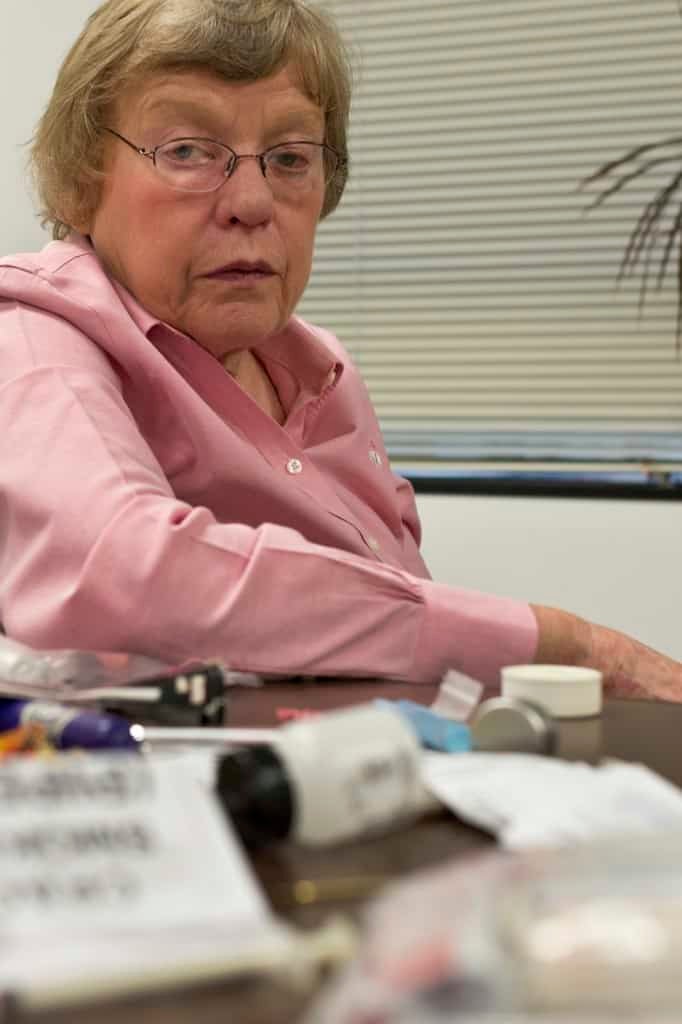
In the past 11 days, medics in Austin have treated more than 150 patients for bad reactions to the consumption of K2, a lab product with varying chemical composition that mimics the effects of marijuana.
Dr. Jane Maxwell, a senior research scientist with the School of Social Work’s Addiction Research Institute, is an expert in patterns of substance abuse in Texas, and has been monitoring the trend in higher consumption of K2 (read more).
“These new drugs are often marketed as legal highs,” Maxwell explained. “Manufacturers are constantly creating and marketing new variations to the formulations, so they can stay ahead of the latest federal and state legal definitions and laws to avoid prosecution. One almost needs to have a background in organic chemistry to understand their content and their effects.”
K2 comes in colorful three-ounce plastic pouches decorated with psychedelic designs, and is marketed as a safe, herbal alternative to marijuana. K2 can be bought at convenience stores, head shops, online, and on the street.
“Due to the variation in chemical additives, users don’t know exactly what they’re getting in each packet or the dose level and the effects can therefore be unpredictable, or deadly,” Maxwell said. “Evidence is growing that cannabinoids can trigger psychotic episodes, especially among users with a positive family history of mental disorders.”
Following the recent spike in bad reactions cases in Austin, Maxwell talked with Gissela Santa Cruz from the Austin-American Statesman about the profile of K2 users.
Santa Cruz: Can you describe what the most common user of these types of drugs?
Maxwell: From 2010 through 2014, the Texas Poison Center Network received 2,995 calls involving human exposures to synthetic cannabis. Of the calls to the Texas poison centers, the age range was between one and 75 years; 45 percent were younger than 20 years; 77 percent were male; and 85 percent had either misused or abused the substance. Of these calls, eight percent resulted in “major” or life-threatening conditions. Four deaths from synthetic cannabinoids were reported to the Texas poison control centers between 2010 and 2014. In Texas in 2014, of those admitted to publicly-funded Texas treatment programs for a problem with synthetic cannabinoids, average age was 24; 51 percent were White, 40 percent were Hispanic, 70 percent were male, and 41 percent used the substance daily. 62 percent were involved with the legal system.
Santa Cruz: Why is the process to identify the drugs in K2 users’ system so difficult and time consuming?
Maxwell: The drugs involved are new and often there are no “reference” standards available to identify a drug. When they seize the drug, it can take 3-4 months to identify it. In addition, the combinations keep changing. In 2010, there were six varieties of synthetic cannabinoids; in 2014, there were 30. Also, the most common varieties keep changing. In 2010, 99 percent were JWH varieties but in 2014, only one percent were JWH varieties. This means that old urine tests would not identify the drugs in the majority of the cases, because they are new varieties.

